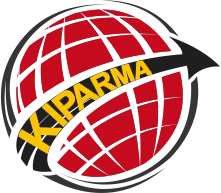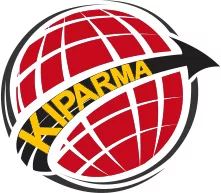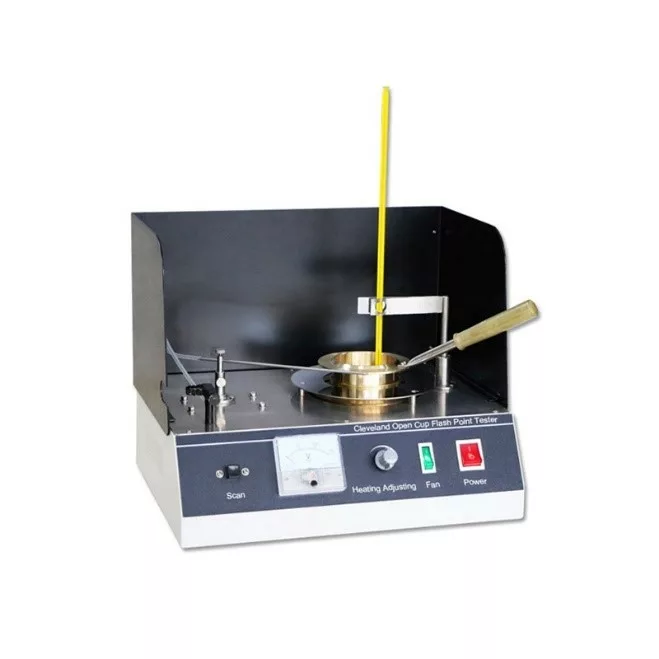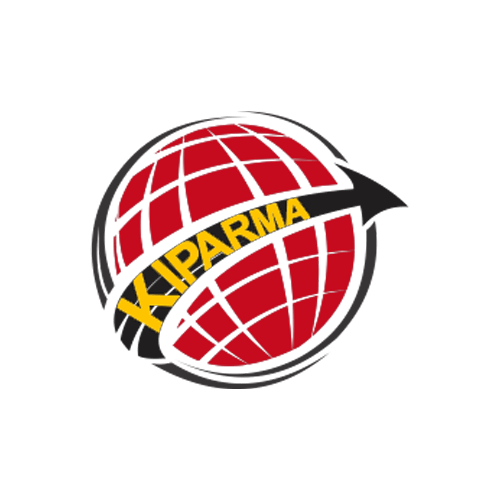Open Cup Flash Point KFP/O/A: A Key Indicator in Safety and Quality Control
In industries where handling flammable substances is a part of daily operations, understanding and monitoring the flash point is crucial. The Open Cup Flash Point KFP/O/A is a critical safety measure and quality control parameter that helps determine the flammability of liquids and the potential risk associated with handling and storing them. In this article, we’ll explore what flash point is, how it’s measured, its significance, and applications across various industries.
What is Flash Point?
The flash point of a liquid is the lowest temperature at which it can vaporize to form an ignitable mixture in air. Below this temperature, the liquid does not produce enough vapor to ignite, even if exposed to an open flame or spark. The flash point is a critical safety parameter used to classify liquids as flammable or combustible and to ensure safe handling, storage, and transportation.
How is Flash Point Measured?
Flash point is typically measured using standardized testing methods, which include:
- Closed Cup Method: In this method, the liquid sample is placed in a sealed cup, and the temperature is gradually increased. The ignition source is introduced into the vapor space above the liquid to determine the flash point. Common closed cup tests include the Pensky-Martens Closed Cup Tester and the Abel Closed Cup Method.
- Open Cup Method: This method involves placing the liquid sample in an open cup and gradually heating it. The ignition source is applied directly above the liquid surface. The Cleveland Open Cup Tester is a commonly used open cup method.
Closed cup methods are generally considered to provide more accurate and lower flash point readings than open cup methods, as they better simulate real-world storage conditions.
Significance of Flash Point
Understanding the flash point of a substance is essential for several reasons:
- Safety: Knowing the flash point helps determine safe handling and storage conditions, reducing the risk of accidental ignition and fires. It is a key factor in assessing the flammability hazards of substances.
- Regulatory Compliance: Many industries are required to classify and label substances based on their flash points according to international safety standards, such as the Globally Harmonized System (GHS) and the Occupational Safety and Health Administration (OSHA) regulations.
- Quality Control: Monitoring flash points ensures consistency and quality in the production of fuels, lubricants, and chemical formulations, affecting performance and safety.
- Environmental Protection: Proper classification and handling of flammable liquids help prevent environmental contamination and accidents, contributing to overall environmental safety.
Applications Across Industries
- Petrochemical Industry: Flash point is a critical parameter for classifying fuels and lubricants, ensuring safe transportation, storage, and usage.
- Pharmaceutical Industry: Helps determine safe handling and storage conditions for volatile and flammable compounds used in drug formulations.
- Paints and Coatings: Ensures that products meet safety standards and reduce fire hazards during application and storage.
- Food and Beverage: Used to assess the safety of alcohol-containing products and flavorings.
- Aerospace and Automotive: Essential for evaluating the flammability of hydraulic fluids, fuels, and other materials used in vehicles and aircraft.
Conclusion
Understanding and measuring the flash point of liquids is a fundamental aspect of safety and quality control across numerous industries. By accurately determining the flash point, companies can ensure safe handling, storage, and transportation of flammable substances, reducing the risk of accidents and ensuring compliance with regulatory standards. Whether you work in petrochemicals, pharmaceuticals, or any other industry dealing with volatile substances, a thorough knowledge of flash point is essential for maintaining safety and quality.
For expert advice and solutions related to flash point measurement and safety compliance, contact our team of specialists today.





Reviews
There are no reviews yet.